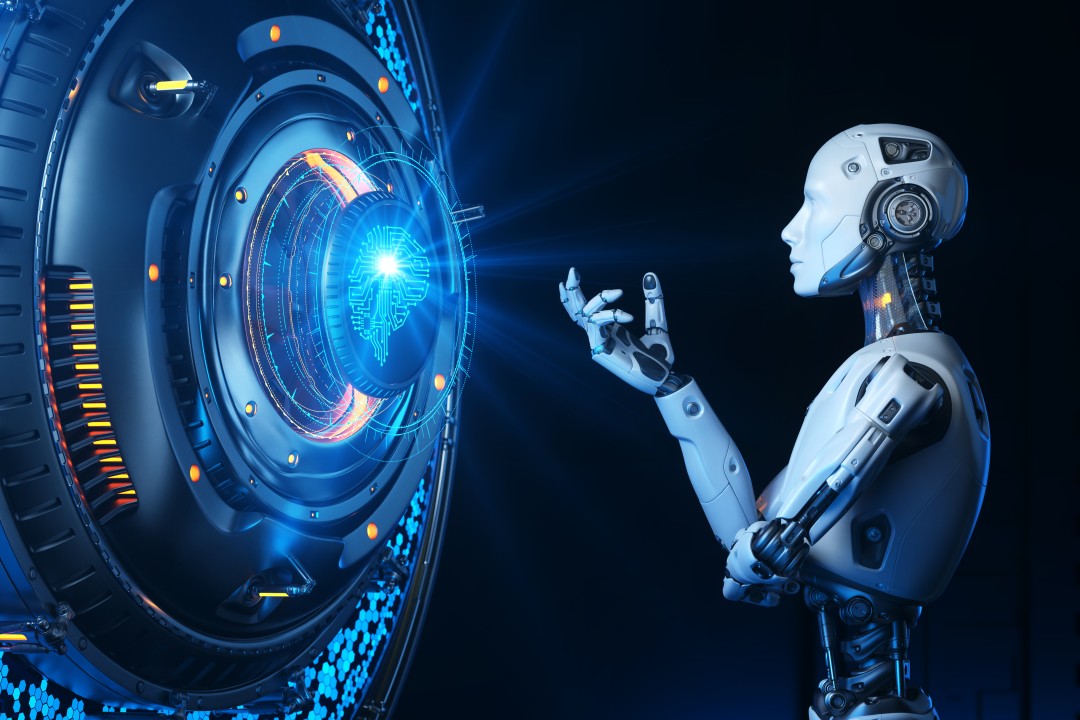
The Rise of Human-like Robots: A Glimpse into the Future
With the advancement of technology, robots are getting more sophisticated and capable by the day. Initially created to perform simple and repetitive tasks, robots have now evolved to the point where they can perform complex operations that require advanced cognitive abilities. The line between humans and machines is slowly being erased with the introduction of human-like robots.
Human-like robots, also known as androids, are designed to replicate human-like movements and behaviours using advanced robotics, artificial intelligence, and other advanced technologies. While the technology is still relatively new, some examples of human-like robots exist in the real world.
Examples in Real Life
Sophia the Robot, created by Hanson Robotics, is one of the most advanced human-like robots in the world. She has been granted citizenship by Saudi Arabia and featured in various media outlets. Sophia can engage in conversations, make facial expressions, and tell jokes.
Boston Dynamics has created several human-like robots, such as Atlas and Spot, that can perform complex movements and actions. These robots can run, jump, and even perform backflips.
Pepper the Robot is a humanoid robot designed to interact with humans. In retail settings, Pepper has assisted customers, while in healthcare settings, Pepper has provided companionship to patients.
Impact on Society
The rise of human-like robots can potentially transform many aspects of society. These robots can be used in various applications, such as healthcare, education, entertainment, and retail. Human-like robots can perform tasks that are dangerous or challenging for humans, or they can take over repetitive or dull jobs.
However, the rise of human-like robots has also raised concerns about their impact on society. These robots could lead to job loss or even harm human relationships. Moreover, there is a risk that human-like robots could be used for harmful purposes, such as in warfare.
Conclusion
As human-like robots evolve, the boundary between humans and machines becomes more blurred. Although the technology is still in its infancy, there are already impressive examples of human-like robots. Whether they are assisting us in performing difficult or dangerous tasks or providing us with companionship and entertainment, human-like robots have the potential to transform many areas of society. It is difficult to predict the future direction this technology will take, but it is clear that the rise of human-like robots is only the beginning of a new era in robotics and AI.
Here are some references for further reading on the topic of human-like robots:
- "Sophia the Robot's Latest Career Move: Starring in a Musical," CNN, 2021: https://www.cnn.com/2021/11/22/business/sophia-the-robot-musical-intl-hnk/index.html
- "Boston Dynamics Robots Can Now Do Gymnastics and Parkour," Wired, 2021: https://www.wired.com/story/boston-dynamics-robots-gymnastics-parkour/
- "Pepper the Robot Provides Companionship to Elderly Patients," The Wall Street Journal, 2021: https://www.wsj.com/articles/pepper-the-robot-provides-companionship-to-elderly-patients-11614301561
- "The Impact of Robotics on Employment," World Economic Forum, 2018: https://www.weforum.org/agenda/2018/05/the-impact-of-robots-on-employment/
- "The Ethics of Human-like Robots," Scientific American, 2018: https://www.scientificamerican.com/article/the-ethics-of-human-like-robots/
- "Robotics and Artificial Intelligence," Deloitte Insights, 2021: https://www2.deloitte.com/us/en/insights/topics/technology/robotics-artificial-intelligence.html